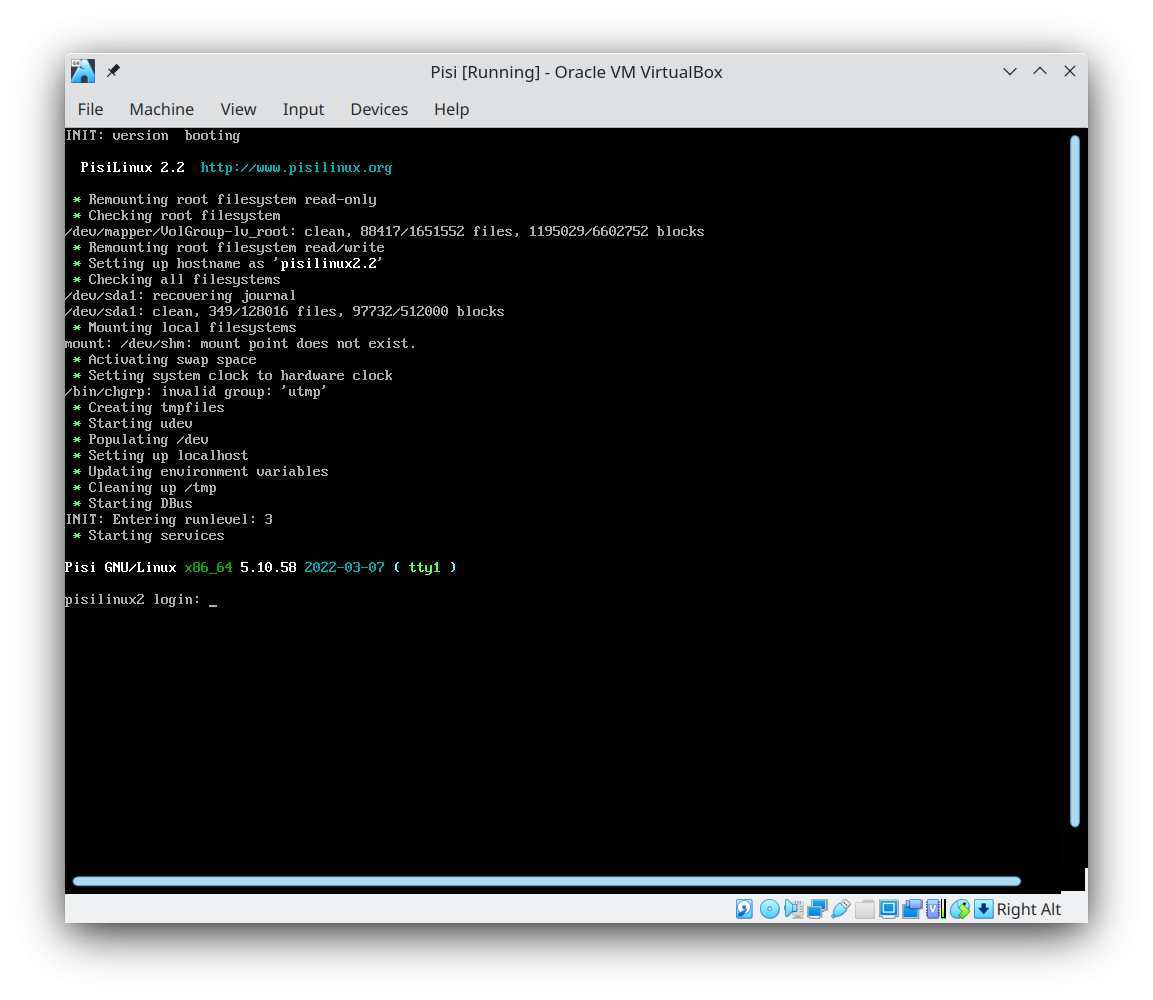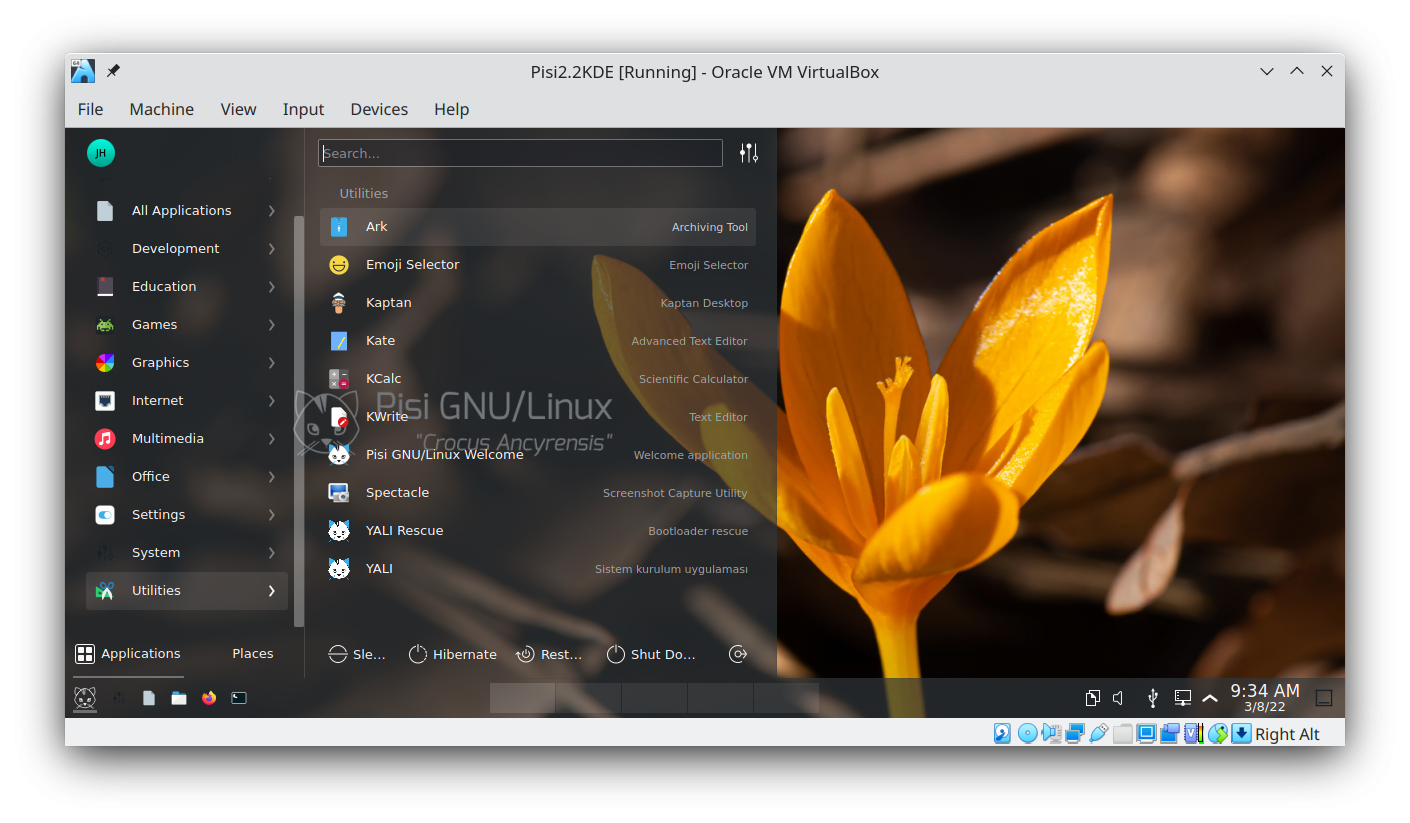- Zorin OS,
- Mint OS,
- Ubuntu,
- BBQ Linux, (Tuned for Android Development)
- Windows 7 Pro
If not solus, what distro would you be using
tilaran , if not hundreds of hours neutering the registry_old and ditching the proprietary garbage. When we finished it was "almost linux"....so Billy brought Whistler (XP) and fed it to us hacks.
The only reason I've booted a Window since is for access to the BIOS to get a Linux installed LOL
and a random update would restore the corrupt registry, change any and all policy settings you made, turn on garbage services you painstakingly turned off, restore any bloat you gutted, and nuke your security settings....
....using WIN was like being Sisyphus pushing the rock up the hill...getting four teeth pulled with no numbing agent at all was more welcoming than using WIN sometimes...
I am very lucky, I didn't have to deal with this. 
Would go with Linux Mint
Before using solus, I used gentoo and debian for daily driver and put on server
- Edited
A few days ago I tried with a USB a distro that is kinda related to Solus, Pisi Linux (eopkg is a fork of the pisi package manager), and I liked a lot what I saw, it felt fluid and simple, reminded me of Solus. Apparently it's not rolling release, but the software was quite up to date, Firefox 97.0.1, Chromium 98, KDE Plasma 5.24.2, it even had Budgie in the repository, for the Budgie lovers!!
I have uninstalled Solus several times (the distrohopping spirit is strong in me) and I have always regretted it, so I don't think I'm going to do it this time. But I'd like to try this distro some day.
joluveba the distrohopping spirit is strong in me
It'a a lot easier to support a distrohopping habit if you use virtual machines. If it's not something you've tried yet, and you'd like to, just know that there are lots of us in the forum who would be happy to help you get started.
I think I'll create a VM to take a look at Pisi. Not looking to replace Solus on any machine I use every day, but I'm curious about what other distros are doing with Budgie. That was my first love when I found Solus!
I always end up on Solus Gnome for my daily driver. I've borrowed a lot from Zorin for my desktop and I like that distro but I just find Solus faster for what I do. An example is the intolerable delay in accessing network shares using Zorin and many other distros.
I'm running Zorin on an HTPC that I am testing out as a replacement for all those Android personal-information-distribution boxes, and I use MX Linux on my media server. (XFCE+gnome disks and nautilus).
I was using Elementary for a week last month and it was okay but still the speed issue comes up.
WetGeek I think I'll create a VM to take a look at Pisi
@joluveba , I did that, and here's as far as I've gotten so far:

When I logged on, I was taken to tty1. I executed startx, but that didn't get me to a GUI. I'm sure Pisi supports a GUI, because it includes applications like Firefox, but I don't know how to get there yet.
Any help appreciated!
WetGeek I don't know how to get there yet
About all I could think of doing was learning a little more about the pisi application. I was surprised at how much it feels like eopkg, even thought I knew a bit about their shared history. Invoking pisi up got me 141 package upgrades, and the output left me thinking I was watching an eopkg update.
Pisi is the package manager from Pardus... I didn't know Pardus also had a derivative named Pisi until now, it's a bit confusing!
synth-ruiner it's a bit confusing!
Yeah, but a lot of fun to explore these distros!
synth-ruiner Pisi is the package manager from Pardus... I didn't know Pardus also had a derivative named Pisi until now, it's a bit confusing!
The old Pardus was an independent distro, with the pisi package manager. But that changed, modern Pardus is a Debian derivative , and uses apt. As you can expect, some people missed the old Pardus, and wanted to resurrect it, just like the Gnome2 Mate situation. They wanted to call it Pardus-Anka (anka is phoenix in Turkish), but finally called it Pisi Linux. Pisi Linux is supposedly what the old Pardus was, whereas modern Pardus is Debian under the hood.
- Edited
murbert I think you installed the minimal ISO. No DE on that one. Do a Pisi search for plasma and see if you can install the DE
Yes, there is an ISO with KDE, which is what I used
EDIT: in the former post, I forgot posting this interesting piece of history (it's in English, despite the Spanish url):
joluveba Yes, there is an ISO with KDE, which is what I used
On the Pisi download page,I could find only two options: the "minimal" version I used, and an older option that was marked "beta." Where should I look for the KDE download option?
I think I've done everything I can do with the CLI, and I'd love to try the GUI version. Thanks!
joluveba Budgie is in their repo.
I'll download that second file and give it a try. If it had said anything about offering a GUI, I would have started with that.
The description of 2.2.i Minimal includes: "you can install it and install the desktop you want", so that's what I was trying to figure out. I installed budgie-deskop using pisi, but could find no way to use it.
Since I use Plasma on Solus, that DE will work fine for further exploration. Thanks again!
joluveba I downloaded the second one, 2.2 Beta. It comes with KDE Plasma.

There were a few non-obvious hoops to jump through, but all my guesses turned out to be correct, and I got Pisi running with Plasma in a new VM. The toughest hoop was discovering that the YALI installer is listed in "Favorites," and I needed to find that and run it. There's no icon or link saying "Install" as there is in other live ISOs I've used.
Once I figured that out, it was easy from there. The installer is very straight-forward, and seemed very much like Solus' installer. Hmmm ... I'll bet they're related, or both are descendants of the same ancestor installer. 
In order to install VirtualBox's Linux Guest Additions, I needed to run Dolphin as root from the terminal. And if anyone else needs to do that, be aware that the application name is simply "dolphin".
Now I can use it full-screen, and get on with some serious configuration. This has been a very pleasant adventure so far.

